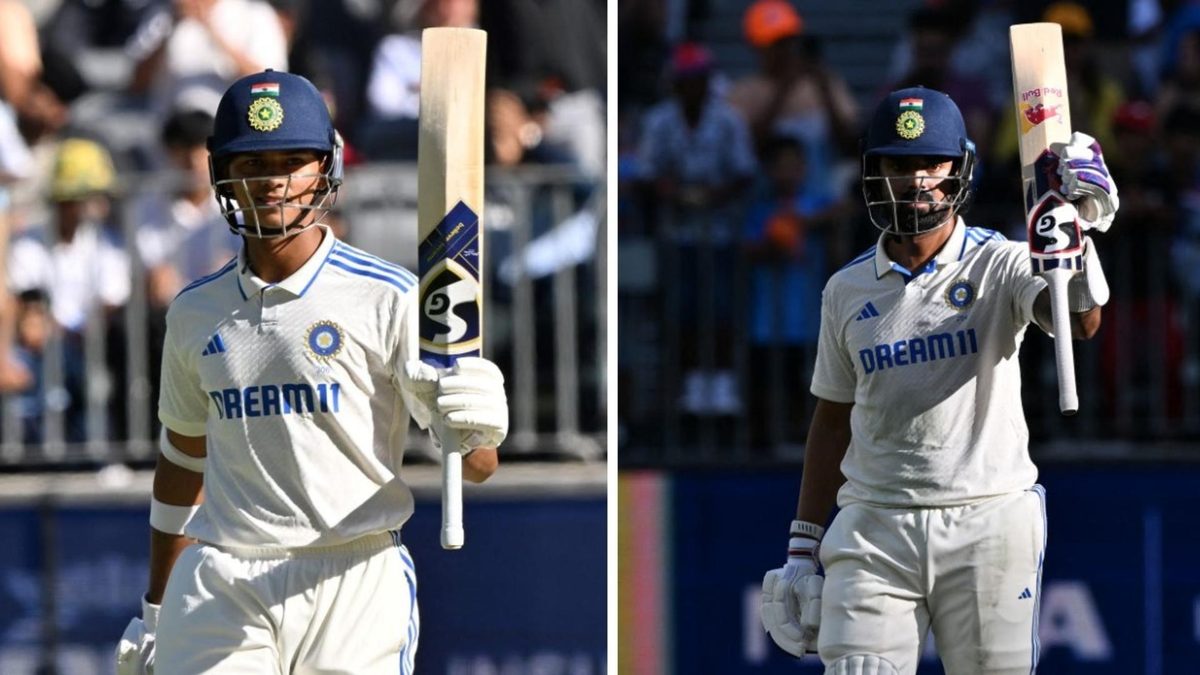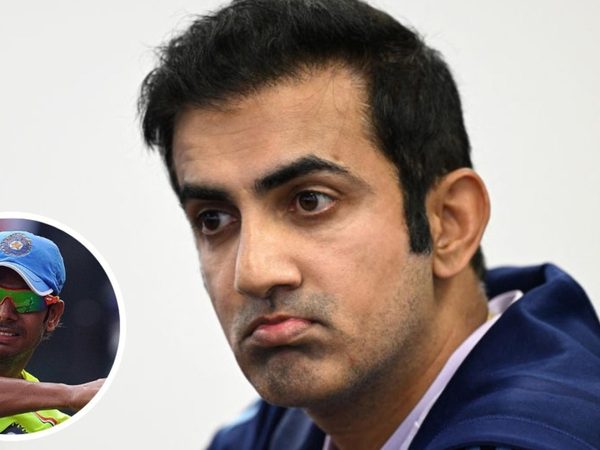
At the end of day two of the first Test between Australia and India in Perth, the visitors are 218 runs ahead, with ten wickets in hand. But curiously, things may only be this good for them because of how quickly they were bowled out the first time around.
Six sessions into this Test match, India couldn't have dreamt of a better position to be in. They certainly couldn't have even considered the possibility a little over 24 hours ago, when Nitish Kumar Reddy and Mohammed Siraj trudged off the turf after being bowled out for 150 at tea on day one.
The wicket was quick, hard, bouncy and seaming sideways in the early stages. India would surely have known that in those conditions, they even had a chance of taking a first-innings lead – but also that it would more than likely be a short match in that case.
Also read: Most Test sixes in a calendar year, full list: Yashasvi Jaiswal breaks McCullum's world record
Some terrorising fast bowling from Jasprit Bumrah, ably supported by Harshit Rana and Mohammed Siraj, meant that they were able to reduce Australia to 67-7 by stumps on day one. The entire first day's play saw 217 runs scored, for the loss of 17 wickets – an average of just under 13 runs per wicket.
But the second day saw the script flipped. 209 runs were scored, for the loss of just three wickets – Australia's last three, which India needed the entire morning session to take. This included the last-wicket pair of Josh Hazlewood and Mitchell Starc hanging around for a full 18 overs, in a frustrating stand.
It was clear even during Hazlewood and Starc's partnership that the pitch had begun to ease out. The bounce was more consistent, and the pace slightly lower following the first hour on day two, when it appeared quicker than on day one. Sideways movement off the wicket was also down, all factors that helped the two survive as long as they did.
Indian openers Yashasvi Jaiswal and KL Rahul managed to bat out the rest of the day, remaining unbeaten for two sessions and scoring 172-0. Even during their partnership, it was clear to see the wicket was playing similarly to the second half of the morning session. It was by no means easy, but they had gotten the best batting conditions of the match so far.
The way the second day unfolded was in stark contrast to Mitchell Starc's words in the press conference at the end of day one: "No [the wicket won't settle down in the second innings]. There's some cracks out there so I wouldn't imagine so, no." The pitch being rolled three times in the space of 24 hours (after India's innings, at the start of day two and after Australia's innings) likely contributed to conditions easing out, by preventing the cracks that Starc pointed out from opening up.
But consider for a moment, if India had done better with the bat. If Rishabh Pant had survived another 10 overs, or if KL Rahul hadn't been given out in controversial fashion, or if Virat Kohli hadn't nicked off to slip early on. If they'd batted say, an hour into the final session, they certainly would have had more runs on the board (likely 30-40).
By the same token, they would also have had less time to bowl at Australia in that session. Even if they'd done extremely well and picked three or four wickets, Australia would have come out this morning with a middle-order pair at the crease – likely two of Travis Head, Mitch Marsh and Alex Carey – more capable of exploiting the way the wicket eased up towards lunch. This in turn could have helped Australia build up at least a small lead by the second half of day two.
The question may arise why India could not simply declare their innings at a similar time, rather than be the beneficiaries of a happy accident. The answer is quite simple – predicting conditions a day or two ahead of time is fiendishly difficult, and it would be a fool's errand to gamble on a specific pattern playing out without the security of a solid total on the board.
Read more: 'It's coming too slow' - India opener sledges Mitchell Starc after perfect back foot defence
Paradoxically, India benefitted from their difficulties with the bat in the first innings. Or, if one wanted to put an Australian spin on it, their bowlers were too good for their own good.
All this is not to detract from the excellent work done by India's openers in the second innings. Both Jaiswal and Rahul showed exceptional restraint and patience, taking only what was offered to them and opening up only once they got set. They played the situation perfectly, but the relatively easier conditions did reduce the chances of them falling victim to any rogue deliveries.
It does sound daft to say India would be worse off if they'd scored more runs, or perhaps even better off if they'd been bowled out earlier, for a lower total. After all, runs and wickets are the primary currency of cricket. Even when time rears its head as a consideration in the multi-day formats, it does so in service of these.
But sometimes, that's just the way the cookie crumbles – or the cricket pitch doesn't.
Follow Wisden for all cricket updates, including live scores, match stats, quizzes and more. Stay up to date with the latest cricket news, player updates, team standings, match highlights, video analysis and live match odds.








